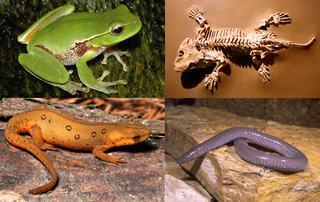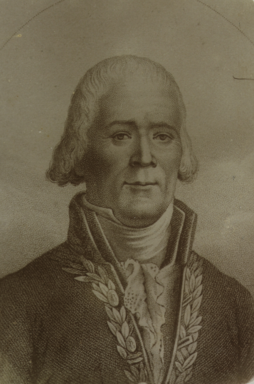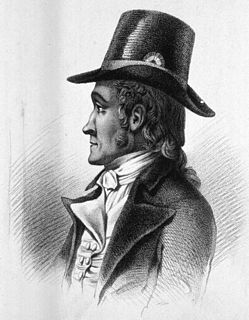| Jean Victor Audouin | |
|---|---|
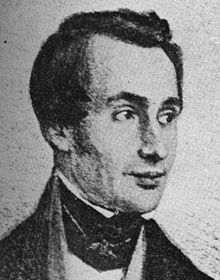 | |
| Born | 27 April 1797 Paris, France |
| Died | 9 November 1841 (aged 44) Paris, France |
| Nationality | French |
| Scientific career | |
| Fields | |
| Institutions | Muséum National d'Histoire Naturelle Société entomologique de France Royal Swedish Academy of Sciences |
Jean Victor Audouin (27 April 1797 – 9 November 1841), sometimes Victor Audouin, was a French naturalist, an entomologist, herpetologist, ornithologist, and malacologist.

France, officially the French Republic, is a country whose territory consists of metropolitan France in Western Europe and several overseas regions and territories. The metropolitan area of France extends from the Mediterranean Sea to the English Channel and the North Sea, and from the Rhine to the Atlantic Ocean. It is bordered by Belgium, Luxembourg and Germany to the northeast, Switzerland and Italy to the east, and Andorra and Spain to the south. The overseas territories include French Guiana in South America and several islands in the Atlantic, Pacific and Indian oceans. The country's 18 integral regions span a combined area of 643,801 square kilometres (248,573 sq mi) and a total population of 67.3 million. France, a sovereign state, is a unitary semi-presidential republic with its capital in Paris, the country's largest city and main cultural and commercial centre. Other major urban areas include Lyon, Marseille, Toulouse, Bordeaux, Lille and Nice.
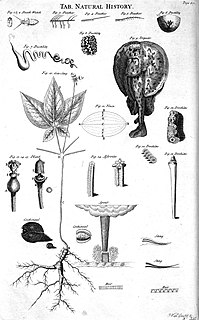
Natural history is a domain of inquiry involving organisms including animals, fungi and plants in their environment; leaning more towards observational than experimental methods of study. A person who studies natural history is called a naturalist or natural historian.

Herpetology is the branch of zoology concerned with the study of amphibians and reptiles. Birds, which are cladistically included within Reptilia, are traditionally excluded here; the scientific study of birds is the subject of ornithology.







